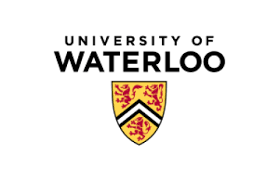Aligning LLMs with Domain Invariant Reward Models
Aligning large language models (LLMs) to human preferences is challenging in domains where preference data is unavailable. We address the problem of learning reward models for such target domains by leveraging feedback collected from simpler source domains, where human preferences are easier to obtain. Our key insight is that, while domains may differ significantly, human preferences convey domain-agnostic concepts that can be effectively captured by a reward model. We propose \method, a framework that trains domain-invariant reward models by optimizing a dual loss: a domain loss that minimizes the divergence between source and target distribution, and a source loss that optimizes preferences on the source domain. We show \method is a general approach that we evaluate and analyze across 4 distinct settings: (1) Cross-lingual transfer (accuracy: 0.621 rightarrow 0.661), (2) Clean-to-noisy (accuracy: 0.671 rightarrow 0.703), (3) Few-shot-to-full transfer (accuracy: 0.845 rightarrow 0.920), and (4) Simple-to-complex tasks transfer (correlation: 0.508 rightarrow 0.556). Our code, models and data are available at https://github.com/portal-cornell/dial.





